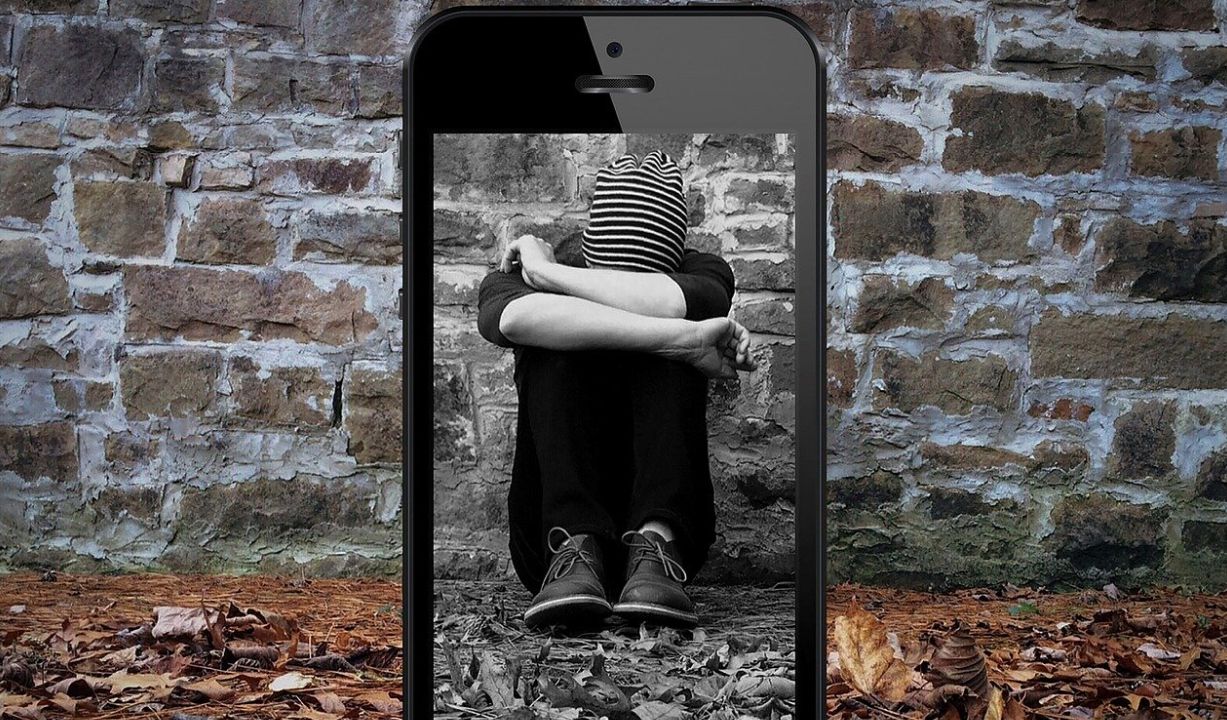In order to better understand who the victims of bullying are, it is perhaps useful to first get into the mindset of bullies to understand what motivates them to become monsters!
Well, bullies are who they are because of what they see in their victims. They pick victims that are easy targets and almost always children that are easy to frighten.
Bullies also take time off to read the body language of their would-be victims, before they pounce. They choose kids they can outsmart and not those who can outsmart them.
Yes, they are always on the hunt for the week, sensitive, and children who have issues blending in with the others. They fear peers that are likely to challenge them.
Exactly who is at risk of bullying?

Research shows that children or groups of children most at risk of bullying are those with the following traits:
1. Children lacking self esteem
Children with low self-esteem and therefore lacking in self-confidence and assertiveness, feel powerless and insecure in the presence of bullies.
Because they do not think highly of themselves, they are often shy, quiet, and less involved in school or other shared activities. They more than often become victims of bullying.
According to VeryWell
people who bully others are looking for someone who will react to their hurtful words or actions. As a result, bullies target teens who are not confident or assertive.
Sometimes, children with these character traits are submissive and insecure and will become prime targets of forceful peers.
2. Children that are physically different
Kids who are physically different in body structure and those that feel inadequate because of looks and related reasons are also easy targets.
The sense of ‘inability’ in children with small/obese body weight and height, leaves them quite fragile. Most bullies are of bigger body mass, and/or surround themselves with similarly bigger boys to wreak havoc on smaller children.
Victims of abuse are often made to believe they are not attractive and charming. They are also less likely to engage in school activities and social interactions.
Studies also show the relationship between obesity and bullying.
Physical appearance, particularly overweight or obesity, has been reported to be a common reason for being bullied for both boys and girls.89–96 This weight-based teasing is a problem for all youth regardless of racial/ethnic origin.97 Bullies often target individuals who are overweight and unattractive.
3. Children with special health needs
Children with extreme health conditions are more likely to be bullied than their peers.
These include children with physical and intellectual disabilities, those with speech disorders, anxiety, and of course, the sickly, etc.
These and similar conditions increase the risk of stigmatization and other consequences.
Studies have shown,
children with chronic illnesses and disabilities (ie, learning disorders, chronic diseases) are more likely to be bully victims.76–80 Children with cerebral palsy have been reported to be victims of social exclusion within the school context.81
4. Children of color
People of color are often victims of bullying because of their race or ethnicity. This type of bullying, known as racial bullying, can take many forms, including verbal abuse, physical attacks, and social exclusion. Racial bullying can have a devastating impact on victims, leading to low self-esteem, anxiety, depression, and even thoughts of suicide.
According to a 2017 study by the National Bullying Prevention Center, nearly one in five students (19%) reported being bullied because of their race or ethnicity. Black students were more likely than any other racial or ethnic group to report being bullied because of their race or ethnicity (27%). Hispanic students were also more likely than white students to report being bullied because of their race or ethnicity (23%).
There are a number of reasons why people of color are often victims of bullying. One reason is that racism is still a pervasive problem in our society. Racism can lead to people of color being seen as less worthy or less deserving of respect than white people. This can make them targets for bullying.
Another reason why people of color are often victims of bullying is that they may be seen as different from the majority. This can make them stand out and make them more likely to be targeted for bullying.
If you are being bullied because of your race or ethnicity, it is important to remember that you are not alone. There are many people who can help you, including your parents, teachers, school counselors, and law enforcement officials.
You should also reach out to other people who have been bullied because of their race or ethnicity. Talking to others who have been through similar experiences can help you to feel less alone and more supported.
5. Children from overprotective homes
Although protecting children is a good thing to do, going overboard, however, leaves them defenseless every time they are on their own.
Since they have been trained to rely on parents, big brothers, and teachers, in times of difficulty, encounters with bullies leave them very fragile.
Overprotection goes hand in hand with extremely strict parenting which all fail to prepare children for crude realities in life.
Rather than producing the ideal children that parents want, overprotection and strictness can increase vulnerability in children, which can lead to withdrawal, depression, and low self-esteem.
Active parenting should be considered instead, to prepare children for the real world out there.
6. Socially secluded children
Kids who lack protective frameworks of peers, and/or groups, are easy targets because they lack someone to defend them in the face of bullying.
These children are usually introverts and others who feel socially unattractive and may isolate themselves from an active environment.
Unfortunately, this will not scare away the bullies who will be seeking for them all the time.
A supportive network of social friends and groups is usually the first line of defense when children experience bullying. More often than not, these networks are more important than only the best friend.
7. Children who identify with LGBTQ
Bullying of students who identify or are perceived as LGBTQ is a serious problem. LGBTQ students are more likely to be bullied than their heterosexual and cisgender peers. They are also more likely to experience severe bullying, including physical violence and sexual harassment.
There are many reasons why LGBTQ students are more likely to be bullied. One reason is that homophobia and transphobia are still common in our society. These prejudices can lead to LGBTQ students being seen as different and therefore as targets for bullying.
Another reason why LGBTQ students are more likely to be bullied is that they may not feel comfortable being themselves at school. They may feel like they have to hide their sexual orientation or gender identity in order to avoid being bullied.
The helping hand for victims of bullying
Bullying is often seen as a normal part of growing up, and therefore underestimated. But it is not and should not be taken lightly. Both offline and online bullying can have a devastating impact on victims, leading to low self-esteem, anxiety, depression, and even thoughts of suicide.
Schools and institutions need to cultivate a bullying-free environment, and check them out, just to be sure.
In addition, children need to be made aware of the loopholes that promote bullying, and their own role in ensuring that other children are not bullied. They should desist from secluding other children and instead stand up for each other.
It is important to remember that bullying is not a normal part of growing up and that it can have serious consequences for victims.





Leave a Reply